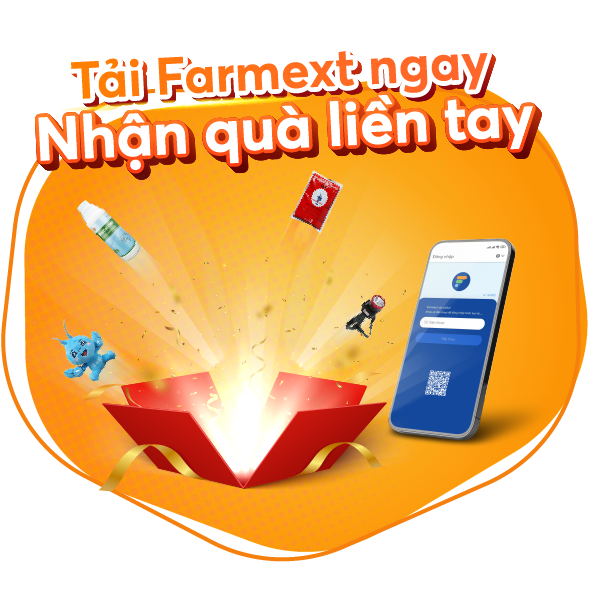Hiện trạng nuôi và sử dụng kháng sinh cho tôm nuôi trên địa bàn tỉnh Quảng Ninh
Tác giả:
Phạm Kim Đăng và ctv, 2007
Ngày đăng: 28-04-2014
Đóng góp bởi: ltxuyen2010

Link: Vui lòng đăng nhập để thấy đường dẫn tải tài liệu.
pdf 0.198MB | 2188 | 43 | ltxuyen2010
The recent rapid growth of the shrimp production in Vietnam has linked with negative impacts inducing environmental, socio-economic and food safety concerns. The problem has been compounded by disease outbreaks due to viral and bacterial pathogens. Use of drugs, particularly antibiotics in the shrimp rearing systems for control of diseases has become a major concern. In this context a study was undertaken to understand the pattern of antibiotics usage in Quang Ninh, a major shrimp farming province in the North. Thirty shrimp farms comprising the three types of farming systems, viz. extensive, semi-intensive and intensive (10 farms for each type), were investigated. Results revealed that at least 12 veterinary drugs containing 8 different antibiotics (ampicillin, streptomycin, oxytetracyclin, norfloxacin, enrofloxacin, oxolinic acid, rifamicin and phyto-antibiotic) were used by the farmers. Out of the 30 farms surveyed, 25 farms used veterinary drugs containing one or more of the 8 antibiotics as listed above. The most widely used antibiotics were norfloxacin, enrofloxacin, oxolinic acid (quinolon group). The drugs were sold by primary agents (agent I) and secondary agents (agent II). Most of the products were sold by the primary agents from Chinese companies (62.5%), the rest being other products produced by joint-ventures in Vietnam. The drugs were sold through two channels, either directly to farmers or through secondary agents.
"Tài liệu điện tử trên trang tepbac được chia sẻ để sử dụng cho mục đích học tập và nghiên cứu cá nhân. Nghiêm cấm mọi hình thức sao chép, in ấn phục vụ các mục đích khác nếu không được sự chấp nhận của tác giả và nhà xuất bản."







